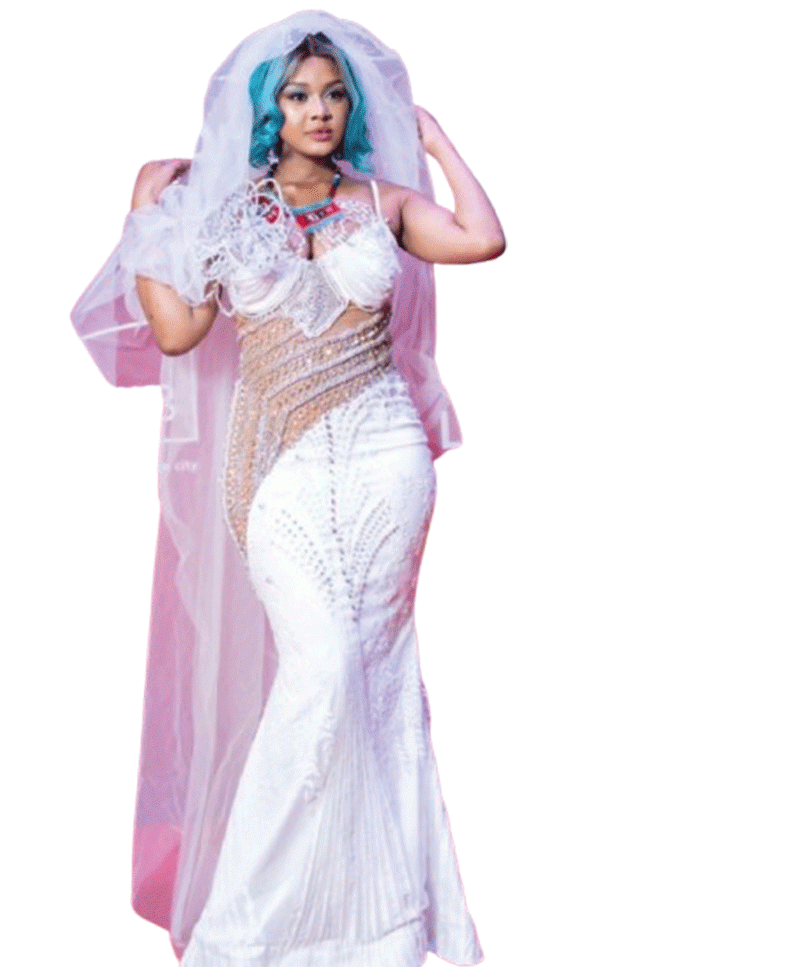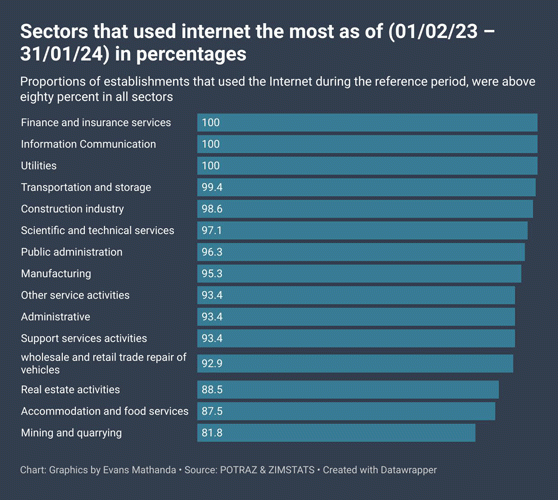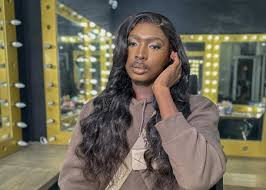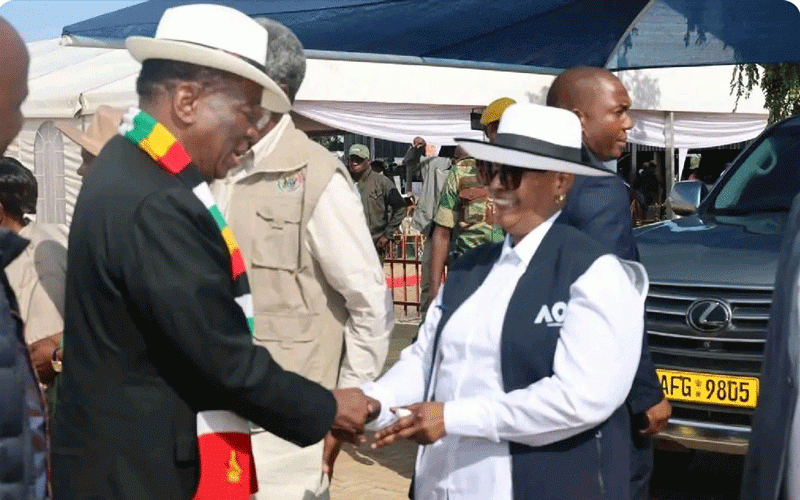
THE South African Music Awards (Samas) have come and gone, but they left a lingering sense of pride, inspiration and hope for a thriving music industry.
The Recording Industry of South Africa (Risa) honoured Standard Style with an exclusive invitation, making it one of the only Zimbabwean media houses to get a front row seat at the awards and observe the proceedings as they unfolded.
It was a night of glitz and glamour with celebrities in high fashion.
Song and dance dominated the event and order took precedence.
Standard Style also learnt that plans had been made to extend an invitation to the Zimbabwean arts stakeholders to attend the event for cultural exchange although it was not clear why that never came to fruition.
Here are some of the lessons that could have been (and could still be) learned from the class of Samas.
Proper marketing, good PR and relevance:
The Samas are not a one-day event, they were launched early this year and they had a proper nominee’s announcement event which could easily resemble the actual main ceremony.
- Out & about: Zahara on a happier note!
- 30 years of beats, rhythmes, glory: Sama’s lessons and legacy
- Tyla leads Sama nominees
- SAMA of nostalgia
Keep Reading
They used the nominees’ announcement event as a platform to build up excitement as influencers, socialites and radio presenters were invited to the breakfast-do, which was held in Midrand and had notable media coverage.
The Samas have a healthy relationship with the media and they almost feed into each other by giving each other priority — a lesson for the local organisers where often the media has to follow-up on invitations and accreditation tags.
Invites to the event were sent out five weeks prior and follow up emails were sent two weeks before to those who had confirmed their attendance, reminding them of the looming event.
On the eve of the big night, yet another email would be sent to the guest with directions to venue and the programme and the day after, a “thank you for attending “letter would be sent out to the guests.
That’s something to emulate as far as prestigious events go.
They also organised countless interviews for their nominees, award presenters, performers and previous winners on almost every major platform including TV newsrooms, magazines, digital platforms, radio stations and music channels in the weeks leading up to the event.
The Risa, which is the custodian of the Samas has got an extremely experienced publicist, Lesley Mofokeng, who is a former entertainment journalist at Sunday Times, arguably the biggest Sunday paper on the continent.
Mofokeng, who has previously interviewed Oprah Winfrey, is also a lecturer at Wits University, which means he is in touch with the youth and current trends and that made him bring relevant ideas to the organisation.
There is no gatekeeping of information and duties are delegated, which created a smooth flow of communication as other external service providers were hired to deal with the guest list.
Job creation
The Samas are such a big event that is split into other multiple events. This creates jobs, although temporarily, many people get well paying gigs, for example the nominees announcement means that other upcoming artists who might not necessarily be influential enough to perform at the main stage are still given an opportunity to shine and familiarise themselves with such crowds.
Artists get to network and the sometimes underground or underrated people get the exposure they need to shoot up.
Other stakeholders like content creators also have space to produce, collaborate and showcase their talents and abilities without the pressure of the big night. That’s another learning curve for our own local entertainment scene.
Opening up the industry and staying focused. The Samas had a theme #lessNoiseMoreMusic.
This heightened list of performers with a whopping 63+ acts on stage. The ceremony organisers recognised that ultimately it was a platform for musicians and limited long speeches from sponsors and officials.
Even the award winners were timed to only 30 seconds of an acceptance speech as the stage managers ensured a zero time lapse of the live broadcast show. This is important as it also keeps the audience invested in the show and doesn’t drag into the early hours of the morning.
There was a significant number of medleys where Old Skool musicians and the new kids on the block came together to put on quite a show.
Legends from the 2000s like Arther Mafokate, TKZ, Trompies and heyday music show presenters like Unathi Nkayi, Melanie Bala and Nimrod Nkosi were seen making a nostalgic come back on the stage alongside upcoming artists to present awards and re-enact past highlights. This gave the event a feel of originality while allowing space for growth and adaptation.
The event also received support from commercial sponsors and other top organisations like Motsepe Foundation, which recognises the economic contribution that the music industry makes in a country.
Zimbabwean companies could also invest in the arts industry to see it grow, particularly those in the alcohol manufacturing sector as they benefit mostly from concerts and the club scene.
The event itself was well-organised with friendly waiters welcoming guests with refreshments at the foyer and a proper five-meter red carpet in width and much longer in length to allow space for interviews and photoshoots.
The lighting was excellent and there wasn’t a single shadow. There was no monopoly of the red carpet by one particular reporter but rather they all passed the stars from one microphone to the other which kept the energy very high and positive.
At 7:45pm the red carpet was closed and people made their way to the main arena to be seated on time for the 8pm live broadcast on SABC1.
Mofokeng told Standard Style that they had at least five rounds of rehearsals of the entire show as it was at the venue.
As soon as one was done with interviews and photos, they went on to have snacks brought to them by a waiter with soft drinks.
Later when the event was done, an exclusive after party on the other room of the same venue at Gallagher Convention Centre, free but expensive alcohol flowed like a river for the rest of the night.
A buffet was set for the VIP and media to feast the night away while more upcoming artists performed at a stage nearby.
Another thing to note was the timelines of the official photographers hired at the event.
Photos of guests were trending in real time, having being properly edited, meaning an entire team was dedicated to editing and circulating pictures while they were still relevant.
Often in Zimbabwean events, pictures are released several days after the event because the photographer would still be “editing”.
Tying loose ends
Another commendable effort by the Samas is that immediately after the event, a list of winners and their photos is emailed to every journalist that was present, in case one missed it for one reason or the other.
Nothing is left to chance and this shows that the PR department would be compiling it as the night progresses.
In the end, they host a smaller wrap up party to congratulate the winners and the production as well as thank the sponsors and media for an event well done.
These are some of the many lessons to be copied from the Samas.










